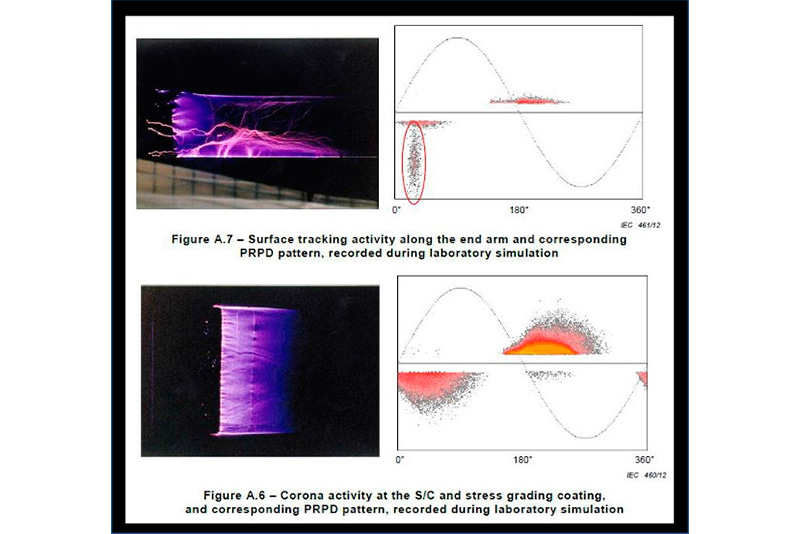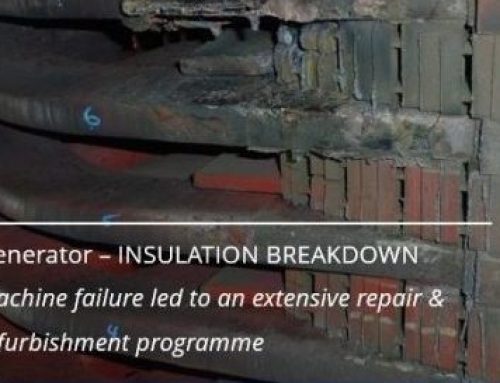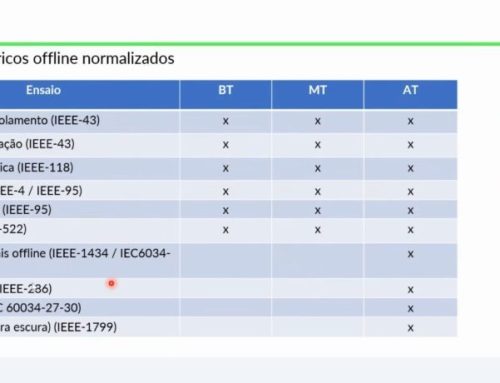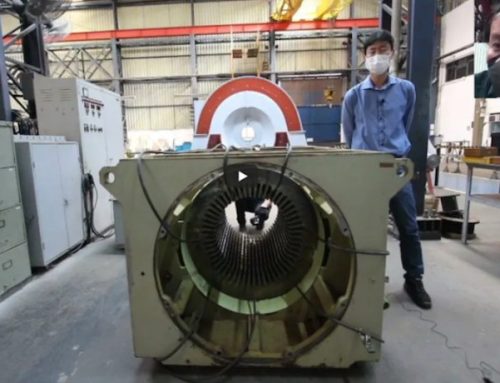Present in the daily life of medium and high voltage maintenance teams, this tip presents the conceptual difference of the terms:
“Partial Discharge” and “Corona” are terms commonly reported in the electrical and maintenance fields, they are commonly confused as being similar terms. They have in common that they do not immediately cause a complete path in the dielectric for the electric current.
According to the IEEE, a partial discharge is an incomplete or “partial” discharge that occurs between insulators and also between conductor and insulator. In contrast, a full discharge is one that crosses the space between conductors, causing what is known as an electrical fault, by forming a conductive bridge.
Corona, on the other hand, occurs when the gases adjacent to an energized conductor ionize and produce normally visible discharges. Thus, partial discharges inside the insulating wall cannot be called corona.
Visit our Predictive Maintenance page and contact our team for more information on partial discharge monitoring and predictive diagnostics. Evaluate the advantages of unscheduled shutdowns, reducing costs in equipment maintenance and increasing the efficiency of the production process.
*Illustrative images taken from the IEC 60034-27-2 standard.










